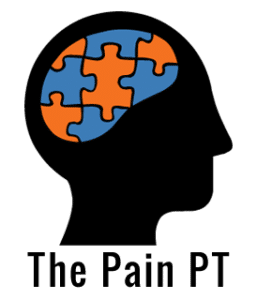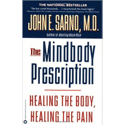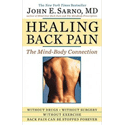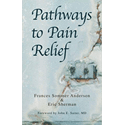How the Brain Leads to Chronic Pain
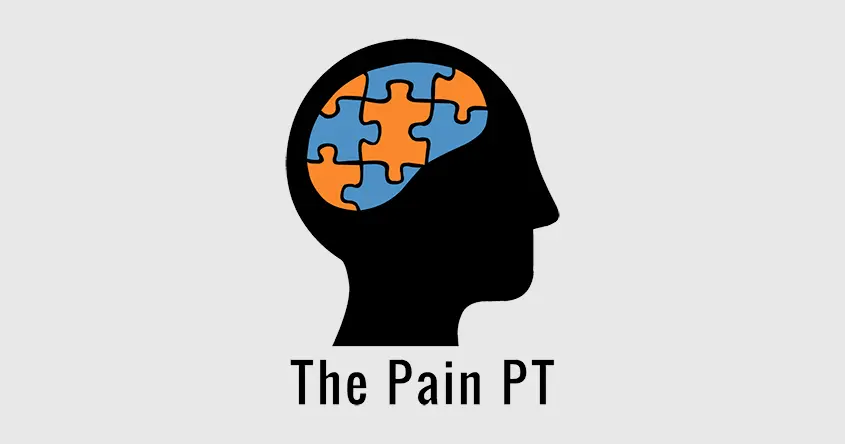
One of the interesting things with recent fMRI imaging studies of the brain is that we can see what’s happening in the brain when there is pain. This study on acute pain also sheds light on the transition to chronic pain via a couple of brain pathways we have spoken about before. We are talking about the prefrontal cortex and and the nucleus accumbens. These are two areas of the brain that I address when treating chronic pain. Here’s a few blurbs from the study:
“The prefrontal cortex (PFC) is a key region in the brain for top-down control of sensory and affective processes and it emerges as a possible candidate for pain regulation. An area of the PFC in the human brain, the dorsolateral-PFC (DL-PFC), in particular, is involved in emotional regulation and thought to play a protective role against chronic neuropsychiatric conditions such as depression and anxiety. Recent evidence indicates that with chronic pain, the DL-PFC undergoes gray matter loss and altered functional connectivity with other brain regions.”
“The PFC has been shown to project to the nucleus accumbens (NAc) in the context of reward-type behaviors. This projection to the NAc is thought to play a role in restraining reward-seeking phenotypes. Interestingly, the NAc has been shown to play a role in acute as well as chronic pain regulation. This projection from the PFC to NAc plays an important role in the chronic pain state, as the strength of this connection increases in patients who experience chronic low back pain.”
https://www.frontiersin.org/articles/10.3389/fncel.2017.00146/full
